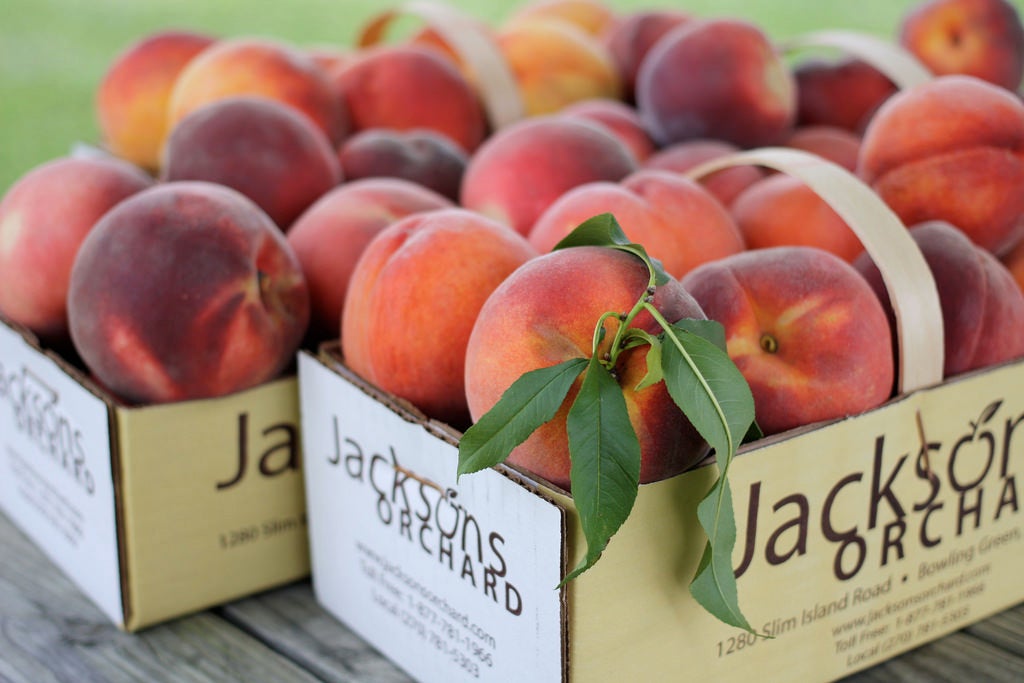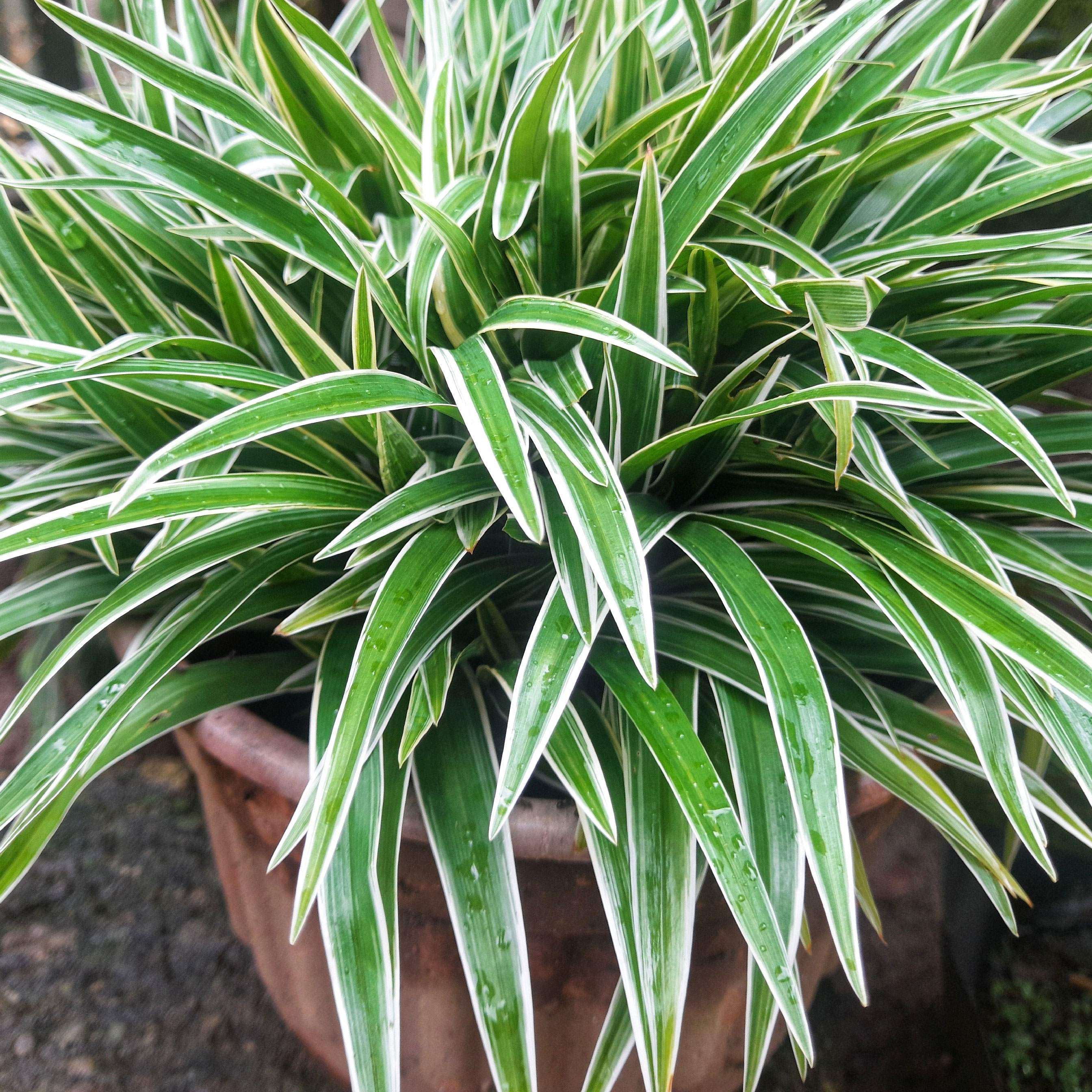Messina Peach Care: Growing Messina Peaches


Large peaches with a striking red blush, Messina yellow peaches are sweet and juicy. This low-fuzz fruit is delicious eaten straight off the tree, but the firmness of this peach makes it an excellent choice for freezing. USDA plant hardiness zones 4 through 8 are ideal for this vigorous, productive tree because, like all peach trees, Messina requires a chilling period during the winter. Read on and learn more about Messina yellow peaches.
Messina Peach Information
Messina peaches were introduced by the New Jersey Agricultural Experiment Station at Rutgers University. Messina peach trees have earned good reviews for a vigorous growth habit and low susceptibility to bacterial leaf spot. Look for Messina peaches to ripen between mid July and mid August, depending on climate.
Messina Peach Care
Messina trees are self-pollinating. However, a pollinator in close proximity may result in a larger crop. Choose a variety that, like Messina peach, blooms relatively early. Plant this peach tree where it will receive at least six to eight hours of full sunlight per day. Avoid locations with heavy clay, as growing Messina peaches require well-drained soil. Peach trees may also struggle in sandy, fast-draining conditions. Before planting, amend the soil with generous amounts of well-rotted manure, dry leaves, grass clippings, or compost. Don’t add fertilizer to the planting hole. Once established, Messina peach trees generally don’t need much supplemental irrigation if you receive regular rainfall. If weather is hot and dry, give the tree a thorough soaking every seven to ten days. Fertilize Messina when the tree begins bearing fruit. Until that time, well-rotted manure or compost is sufficient unless your soil is very poor. Feed the peach trees in early spring using a peach tree or orchard fertilizer. Never fertilize peach trees after July 1st, as a flush of new growth is susceptible to winter freezes. Pruning Messina peach trees is most effective when the tree is dormant, otherwise, you may weaken the tree. However, you can trim lightly during the summer to tidy up the tree. Remove suckers as they appear, as they draw moisture and nutrients from the tree.
Gardening tips, videos, info and more delivered right to your inbox!
Sign up for the Gardening Know How newsletter today and receive a free copy of our e-book "How to Grow Delicious Tomatoes".

A Credentialed Garden Writer, Mary H. Dyer was with Gardening Know How in the very beginning, publishing articles as early as 2007.
-
 Want To Know How To Make A Spider Plant Bushier? 4 Secrets For Lush & Bushy Spiders
Want To Know How To Make A Spider Plant Bushier? 4 Secrets For Lush & Bushy SpidersAre you looking for ways to make your spider plant look bigger or more dramatic? Follow these quick and easy tips on how to make a spider plant bushier
By Teo Spengler
-
 What Is A Pollinator Garden? Grow Gorgeous Blooms While Benefiting Your Local Ecosystem
What Is A Pollinator Garden? Grow Gorgeous Blooms While Benefiting Your Local EcosystemPollinator gardens look great and also provide a diverse ecosystem that benefits your local pollinating insects and animals. Get started today with this guide!
By Bonnie L. Grant